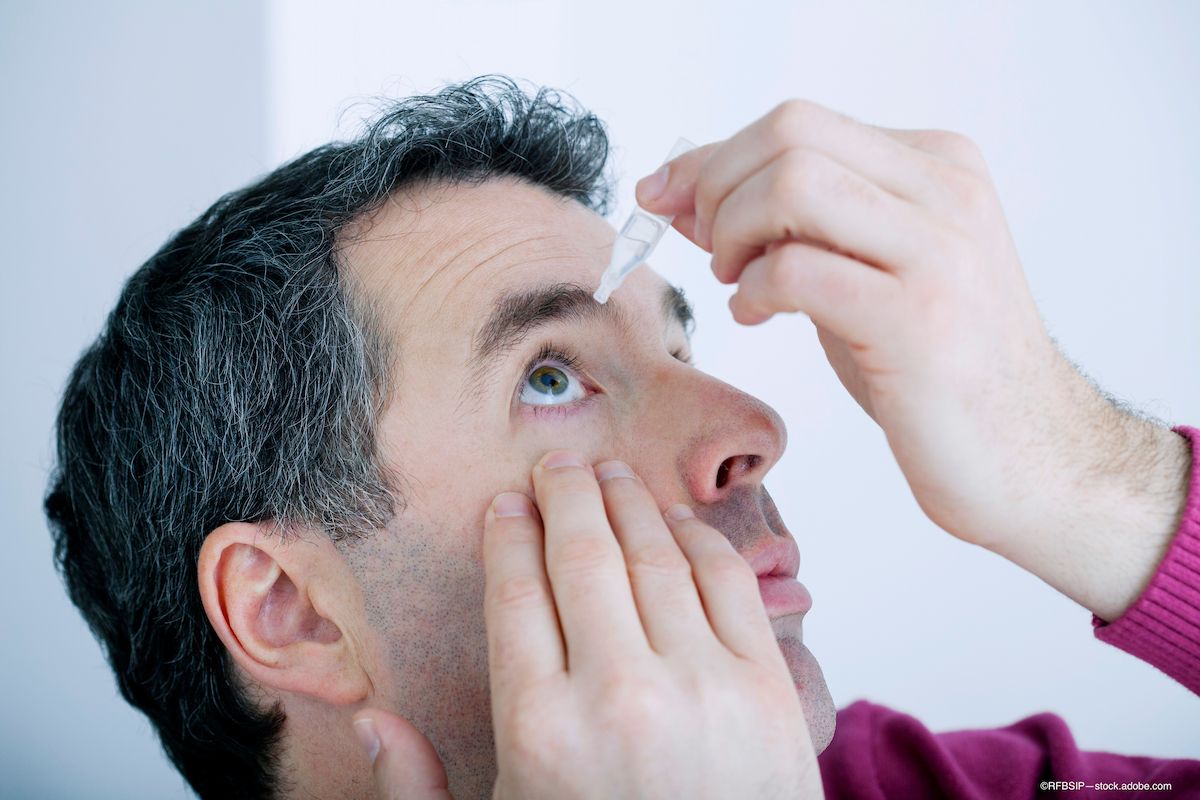Enrollment complete for BRIO-I Phase 2 clinical trial of Brimochol PF for presbyopia
Following the enrollment completion for Brimochol PF, topline Phase 3 data for the presbyopia candidate is expected in Q2 2023.
Image Credit: © RFBSIP - stock.adobe.com

Today, Visus Therapeutics announced that patient enrollment is complete for the BRIO-I Phase 2 clinical trial investigated Brimochol PF for the treatment of presbyopia and the last visit has been conducted. Topline results from BRIO-I are expected in Q2 2023.
The double-masked, randomized, multicenter study is investigating safety and efficacy of Brimochol PF. The study enrolled patients with emmetropic phakic and pseudophakic presbyopia.
“We are thrilled to have reached this milestone in the BRIO-I study, as part of our Phase 3 program,” Ben Bergo, co-founder and CEO of Visus Therapeutics, said in a press release. “BRIMOCHOL PF has the potential to be a highly appealing presbyopia-correcting eye drop, providing both the duration and tolerability profile presbyopes desire. We look forward to sharing topline results from BRIO-I in Q2, 2023.”
Brimochol PF, a preservative-free topical ophthalmic solution for the treatment of presbyopia, is a fixed-dose combination of carbachol and brimonidine tartrate that creates a pinhole effect by reducing the size of the pupil, allowing light rays to enter the eye and focus on the retina to sharpen vision. This improves near vision for presbyopes, enhancing clarity of vision for near tasks such as reading or using a smartphone.
Not only does brimonidine increase the magnitude and duration of carbachol on the pupil, but it also whitens the eye for an added cosmetic effect.1
“BRIO-I is a safety and efficacy study whose primary objective is to evaluate whether a combination drug therapy of carbachol and brimonidine tartrate is superior in improving near vision than each of the two monotherapies dosed individually,” Rhett Schiffman, MD, MS, MHSA, co-founder, CMO, and head of research and development at Visus Therapeutics, said in a press release. “By demonstrating this so-called contribution-of-elements in this study, Visus would become the first company to meet this FDA-required high bar for approving a combination product for presbyopia in a pivotal phase 3 study. We look forward to presenting our results at upcoming meetings in Q2, 2023.”
Reference
1. McLaurin, E., Cavet, M. E., Gomes, P. J., & Ciolino, J. B. (2018). Brimonidine Ophthalmic Solution 0.025% for Reduction of Ocular Redness: A Randomized Clinical Trial. Optometry and vision science : official publication of the American Academy of Optometry, 95(3), 264–271.
Newsletter
Want more insights like this? Subscribe to Optometry Times and get clinical pearls and practice tips delivered straight to your inbox.